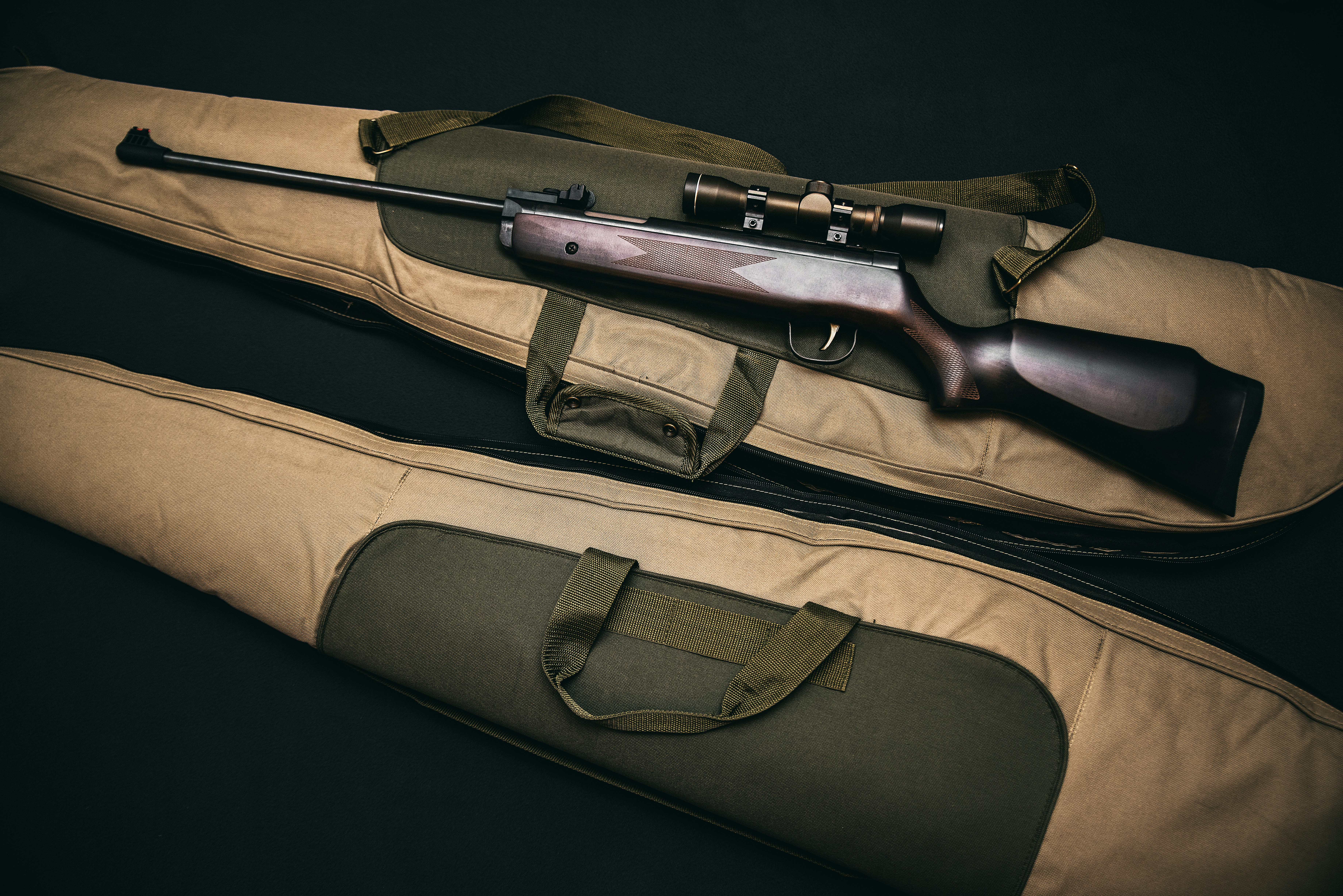Gun ownership is a regular part of American life. Since the creation of the country back in 1776 (and even before), firearms have found a place in homes across the nation. People legally use guns for personal protection, home protection, hunting for sport, and hunting for nourishment. Individuals even collect firearms as hobbyists.
According to a study in 2020, it was shown that there are more guns than people in the United States. The numbers show that 400 million guns are now in circulation in the country, with the population of the United States at the time at 330 million. Approximately 19 million firearms were sold in the first six months of 2020. This represented more than one firearm for every 20 Americans. 5 million new gun owners joined the already 100 million-plus gun owners in the US, and this same data showed that 40% of all firearm sales went to first-time buyers.
Though the reasons for why firearms are being bought in such large numbers can be debated, the fact is that firearm acquisition has increased over the years. Considering that, safety with these weapons must be practiced at every turn. Keeping these weapons cleaned properly, stored in safe areas, and even transporting them safely must be taken into consideration. In the case of moving weapons and ammo across state lines, a set of measures has to be followed.
Check state laws.

You always start by first checking state laws before moving firearms across state lines. This ensures that a person will have a better idea of what the law allows when moving with such firearms from state to state. The goal is to be as thorough as possible when researching such pieces of legislation. Consult a lawyer, local law enforcement, or even the state Attorney Generals beforehand if needed.
Pack your firearm with care.

Once that’s done, packing a firearm properly is essential. Finding a well-padded and structured carrying case can ensure that no harm comes to a person carrying the gun, in addition to the firearm not being damaged. You’ll first need to ensure that any gun being transported is unloaded, and all safety mechanisms are on. A person can even take the next step of breaking down the weapon into different parts, thus ensuring that the firearm will be transported even more safely.
Purchasing a professionally made shotgun case or even a handgun case can ensure that a firearm will be properly stored. Such cases even come custom made with sections for each part of the firearm.
Learn about your rights.
It’s best to also understand your rights under the Firearm Owners Protection Act (FOPA). This act is designed to protect gun owners who are transporting firearms across state lines or locally. It’s best to stay in compliance with all the tenets of the act as you are traveling.
Check your moving company’s guidelines.

Speaking of traveling, in cases of moving from state to state, you might be hiring a moving company. There’s a good chance that a person is moving their entire household from state to state, and firearms are a part of the household being transferred. Since ammo is combustible, you’ll have to move that yourself. The law does allow for movers to transport unloaded firearms.
As a follow-up, some moving companies might have their own rules and regulations on how firearms are to be handled. In any case, it’s best to inform the moving company that firearms are being transported. Whether it’s contacting a mover in Maryland, or a moving company based out of Oregon, its best to be upfront with such companies about your firearms.
At the end of the day, just be safe and sound. Take the steps and precautions needed to ensure that you and others around you are safe when transporting firearms. You can never play it too safe when it comes to firearm conveyance.















